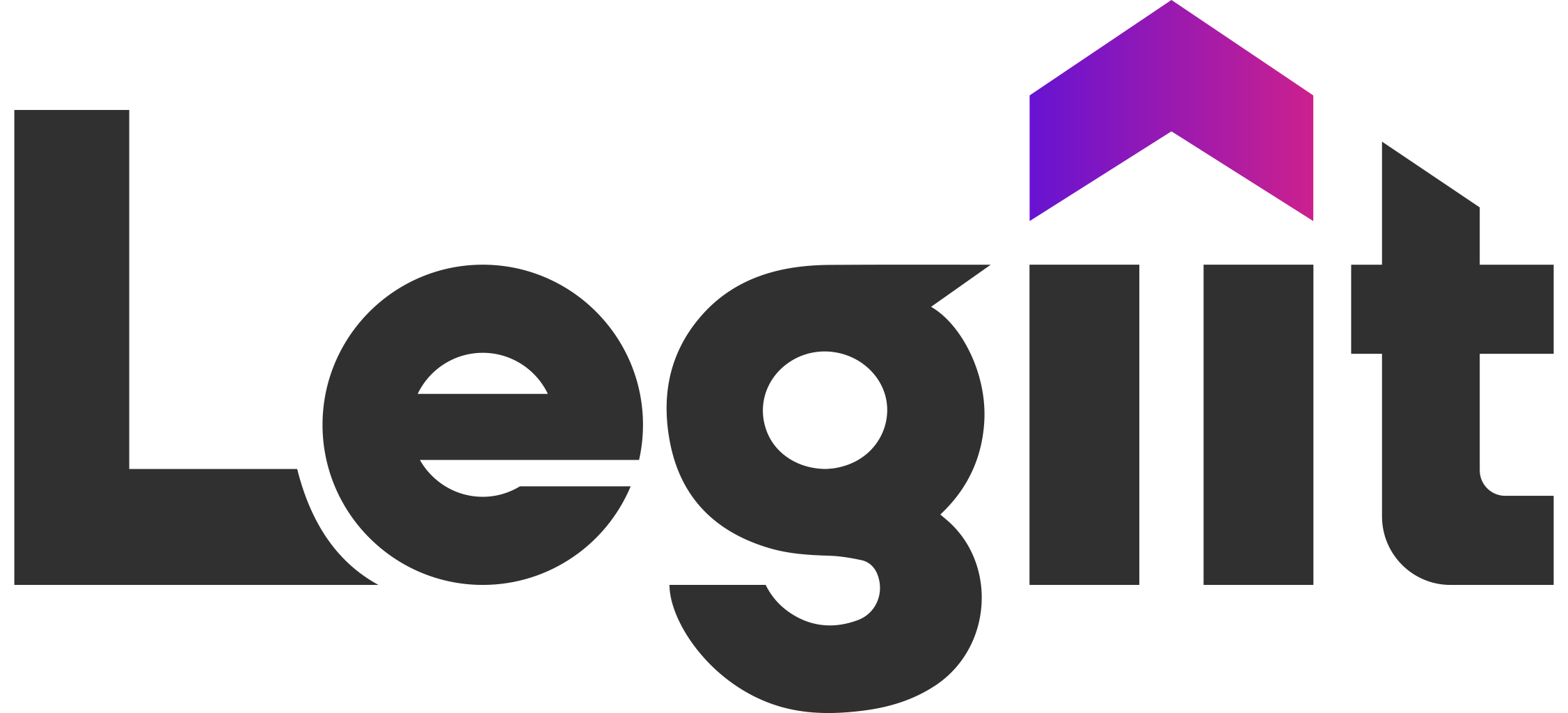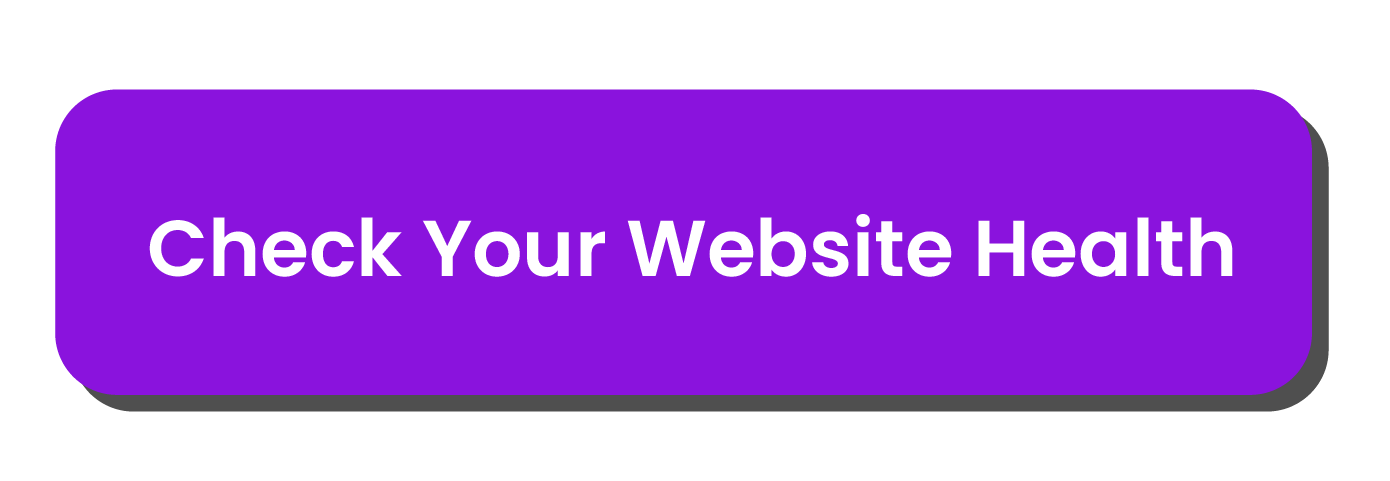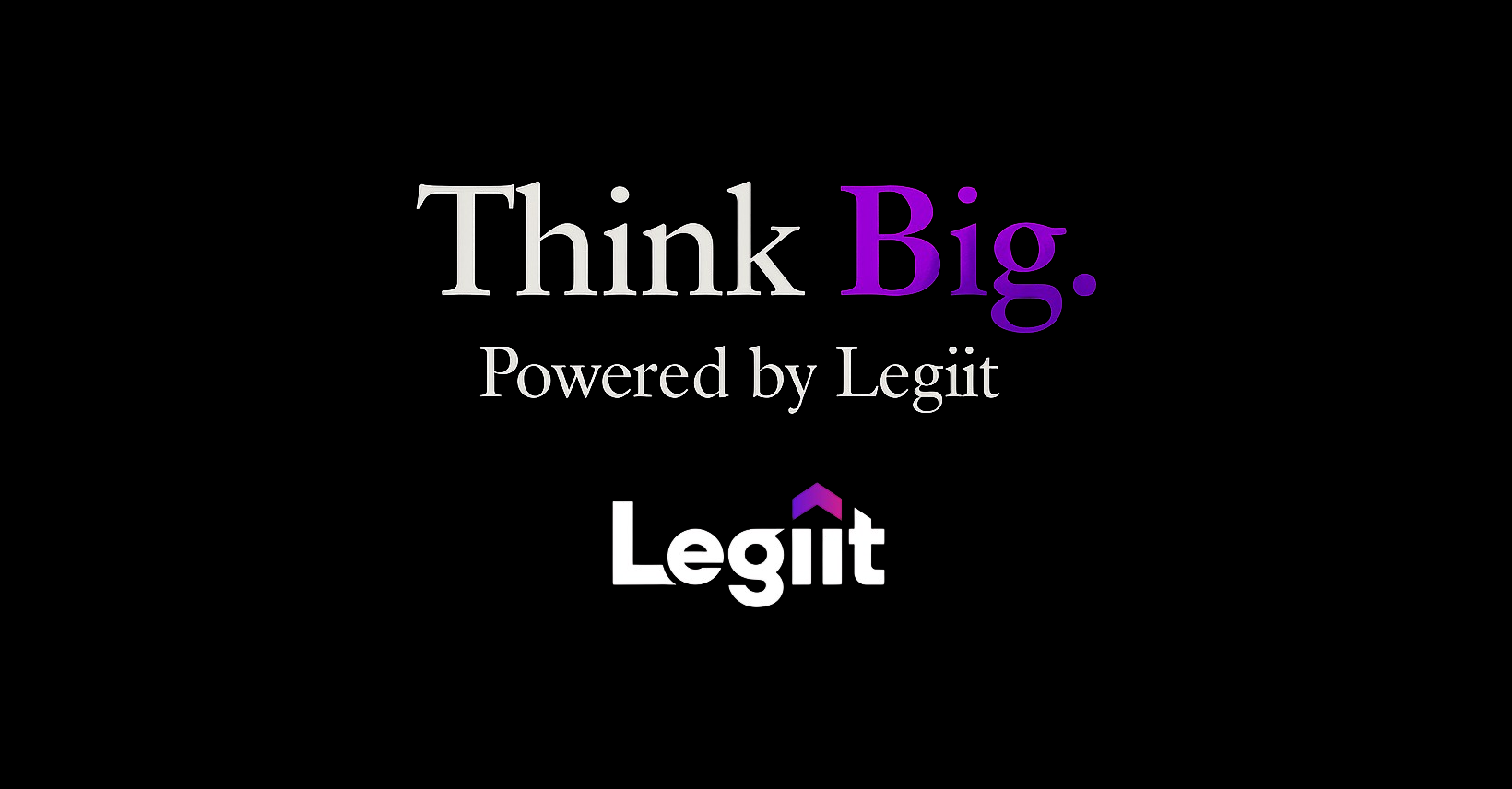The keyword research checklist is essential for boosting SEO in 2025, and this step-by-step guide by Legiit shows you how to use the best free keyword tools to find high-impact keywords that help beginners and experts alike improve search rankings. Follow these easy keyword research steps to turbocharge your SEO strategy and stay ahead in the competitive online space.
Setting the Stage for SEO Success with Legiit
Define Your Target Audience and Business Objectives
Knowing your ideal customer matters a lot when doing keyword research. Start with audience research to figure out who they are, what they want, and how they act online. Make buyer personas to show different groups in your audience. This helps you create content that fits their needs.
Map the customer journey too. Learn the steps they take from hearing about you to making a decision. This helps you match your SEO strategy to user behavior at each stage.
Set measurable SEO goals to keep on track. Make these goals strategic and actionable. Focus on things like organic traffic growth or how many visitors turn into customers through search engine optimization efforts.
Choose Your Keyword Research Tools
Picking the right keyword research tools makes a big difference for your digital marketing strategy. Some popular tools are Google Keyword Planner, SEMrush alternatives, and Ahrefs. Each works differently and suits different budgets and needs.
If you have little money, try free keyword tools first. They give good info without costing anything.
After picking tools, learn how to use them right by following SEO best practices. Check search volume trends and competition for keywords you want to target. This helps you make smart choices based on data that improve your content marketing strategy going forward.
Your Keyword Research Checklist: Step-by-Step
Brainstorm Seed Keywords Relevant to Your Niche
Start your keyword research checklist by thinking up seed keywords. These are basic words tied closely to your niche or industry. Do some audience research and build buyer personas to figure out what your customers search for. Pick user-focused, niche keywords that show real problems or interests in your market. For example, if you sell fitness gear, seed keywords might be “home workout equipment” or “best running shoes.” This gives you a good base for all other keyword discovery.
Expand Your Keyword List Using Data-Driven Methods
Once you have seed keywords, use data-driven methods to grow your list well. Try keyword tools like Google Keyword Planner, Ahrefs, or SEMrush for solid info. Competitor keyword analysis helps find useful terms they rank for but you missed. Use automated keyword discovery in tools to add more relevant phrases by expanding your list smartly.
Evaluate Keyword Metrics: Search Volume, Difficulty, and Competition
Check each keyword’s metrics before picking them:
- Search volume: See monthly searches to check popularity.
- Keyword difficulty rating: Know how hard it is to rank because of SEO competition.
- Competition level: Check advertiser competition if you run paid ads.
Choose keywords with balanced search volume and manageable difficulty percentages. These stand better chances of quick ranking and attracting good traffic.
Identify Long-Tail Keywords for Targeted Traffic
Long-tail keywords are longer, specific phrases that show buyer intent clearly. They usually have lower search volumes but higher conversion rates because they match exact user needs. For example, “affordable waterproof hiking boots for women.” Using long-tail buyer intent keywords brings targeted visitors who want what you offer.
Analyze Competitor Keywords and Perform Content Gap Analysis
Competitor keyword analysis shows which terms work for them and where their content lacks. Do a content gap analysis by comparing competitor rankings with your pages. Find topics they cover well but you don’t yet fully address. Filling these gaps can boost organic visibility by meeting user queries others miss.
Determine Search Intent to Align Keywords with User Needs
Knowing search intent helps match the right message with users at every stage:
- Informational: Users want info (like “how does SEO work?”).
- Navigational: Users seek specific sites (“Legiit login”).
- Transactional: Users want to buy or take action (“buy affordable laptops”).
Study user queries carefully so buyer intent keywords fit what visitors expect. This boosts engagement and conversions a lot.
Organize Keywords into Topic Clusters for Content Strategy
Group related keywords into topic clusters around main themes using good keyword grouping methods. This supports a strong content marketing strategy by linking articles on key subjects together. It also improves your site’s internal links—a method Google likes today.
By following this checklist step-by-step after initial research, you create a solid base that grows both reach and relevance in SEO without guesswork or wasted time.
Creating SEO-Friendly Content with Selected Keywords

Implementing Keywords in On-Page SEO Elements
Start with placing keywords where they matter most. Use them in meta titles, descriptions, headers like H1 and H2, and image alt text. This helps search engines figure out what your page is about without penalty.
Don’t stuff keywords everywhere. Instead, keep the text natural and easy to read. Mix in synonyms or related words to keep things fresh and clear. Meta tags optimization means writing short, clear titles under 60 characters and descriptions around 150–160 characters that include main keywords. This can help get more clicks.
Good site structure matters too. Make menus simple and add internal links to guide visitors. This makes the site easier to use and also boosts keyword themes across pages.
Tips for on-page SEO:
- Use keywords naturally in titles and headers
- Write concise meta tags with primary keywords
- Avoid keyword stuffing by mixing terms
- Keep navigation simple and user-friendly
- Link internally to related pages
Optimizing Content Structure and Metadata for Better Rankings
Content needs more than just keywords. It should stay relevant and cover topics well so search engines see its value. Semantic search looks at meaning, not just exact words.
Arrange content with clear headings that match key topics. Break info into short paragraphs focused on one idea each. Add related ideas smoothly to show depth on the subject, like explaining why keywords matter or what users want.
Metadata should match your content perfectly. Write descriptive titles and snippets that are easy to understand and encourage clicks. Check these often and tweak them if needed because search engines update how they rank pages.
How to improve structure & metadata:
- Use clear headings for main ideas
- Write short paragraphs on single points
- Include related concepts naturally
- Match metadata with page content
- Update metadata based on results
Using Tools to Enhance Content Relevance and Keyword Integration
Use keyword tools while writing to improve how you add keywords. Google Keyword Planner, SEMrush, or Ahrefs show which words get searched a lot and what’s tough to rank for. They also suggest longer phrases that fit your topic well.
These tools can tell you how people act on your pages, like bounce rate or time spent reading. These numbers show if visitors like your content or leave quickly. You can use this info to change keyword placement without sounding robotic.
Using these tools keeps your SEO content focused but still natural enough for readers and meets Google’s EEAT standards for quality.
Ways tools help content:
- Find popular keywords and phrases
- Check competition levels on terms
- Suggest related long-tail phrases
- Track user engagement metrics
- Adjust keywords based on feedback
Track Your Keyword Performance and Refine Strategy
Monitor Rankings and Adjust Based on Performance Data
You need to keep an eye on your keyword ranking. It shows how well your SEO work pays off. Use a rank tracker tool to check search engine rankings often. This way, you see which keywords rise or fall.
Watch keyword performance monitoring to catch trends fast. Run an SEO audit now and then. Check things like site speed, backlinks, and content quality. Ranking factors such as SERP difficulty score tell you how hard it is to rank for some keywords.
Look at your data and pick the best keywords. Fix ones that do poorly. For example: if a keyword ranks low but has a lot of searches, update content or add new pages about it.
Use Analytics to Identify Keywords Driving High-Intent Traffic
Not every visitor will buy or sign up. Focus on buyer intent keywords that bring visitors ready to act. Use search analytics tools like Google Analytics or Search Console. Track conversion rate for each keyword.
User intent analysis shows why visitors come: info, shopping around, or buying. Match your content to their needs by checking content performance metrics like bounce rate or average session time.
Conversion optimization means finding keywords that bring valuable visitors not just many visitors. Long-tail buyer intent keywords often work better because they fit what people want more exactly than broad terms.
Update Keyword List Regularly to Reflect Market Changes
Keyword trends change with seasons, industries, or hot topics. Keep your keyword list updated all the time. Check it every few months.
Seasonal keywords need fresh updates. For example, “holiday gift ideas” gets popular in November and December but fades after that. Watching market changes helps you spot new chances before others do.
Use tools like Google Trends plus old-school research for current info on rising searches in your niche. Staying updated saves you from wasting time on old keywords and helps you get noticed with timely tweaks.
By tracking keyword ranking with rank trackers and using analytics—and keeping your list fresh you build a simple SEO plan that adjusts over time to keep you ranking and getting good traffic.
Incorporate Keywords into On-Page Elements
Once you finish your keyword research checklist, the next step is to add those keywords into your website’s on-page parts. Doing keyword optimization well helps search engines get what your content is about. This can bump up your rankings.
Start with title tags. These are the clickable titles you see in search results. Use main keywords naturally here. Keep titles under 60 characters so they don’t get cut off. For example, if your keyword is "keyword research checklist," a title like “Ultimate Keyword Research Checklist for Beginners” fits perfectly.
Then, work on meta descriptions. These short summaries (about 150–160 characters) tell people what the page is about and make them want to click. Put in keywords that matter but avoid overloading it with phrases.
Use keywords in headings like H1 and H2 and inside your body text but don’t go overboard. Watch out for keyword stuffing, because it hurts your SEO and annoys readers. Instead, place keywords where they fit naturally.
Make sure your site has user-friendly navigation. Organize pages clearly around important topics you found during research. This helps visitors find stuff fast and also makes it easier for search engines to crawl.
Lastly, improve meta tags optimization beyond just titles and descriptions by adding alt text to images. Describe what the image shows and include related keywords if it makes sense. This helps people who use screen readers and boosts image SEO.
Use Content Optimization Tools
Keep your content good by using tools that help with SEO during writing.
Check keyword density with tools like Yoast SEO or SEMrush’s writing assistant. They tell you if you use keywords enough to show relevance but not so much that it looks spammy or awkward.
Try readability tools like Hemingway Editor or Grammarly to keep sentences short and easy to understand aim around a 10th-grade reading level. Google likes clear content that people actually get.
SEO plugins handle many tasks for you: they suggest better meta tags, show missing headers, point out internal links, and give a health check for pages right away.
Using these tools balances tech stuff with writing style well this helps when putting in keywords found from your checklist.
By placing researched keywords into key on-page elements carefully and using helpful optimization tools while making content—you set yourself up for better search engine visibility and a nicer experience for visitors too.
Keyword Research for Beginners: What to Do After Keyword Research
Finishing keyword research is just the start. You need to take action that focuses on users. Keep your steps clear and useful. Your work should change as your goals change. This way, you keep SEO sharp and on track with what’s happening in the market. It forms a solid base for your work.
Apply Insights to Develop a Marketing Strategy Across Key Channels
Take the keywords you found and use them to build a marketing plan. This plan should reach the right people at the right time.
- Content Marketing Strategy: Pick topics based on your best keywords. Make sure they match what users want.
- Digital Marketing Strategy: Use keywords in ads, social media, and emails for steady messaging.
- Content Calendar: Plan when to post based on keyword trends and how often people search.
- Content Promotion: Add keywords in emails, guest posts, or influencer messages to get more eyes.
- Buyer Personas: Change your writing style by knowing which keywords work for different groups.
This turns keyword info into steps you can follow across many channels. It helps you reach more people and get better results.
Address Common Keyword Research Challenges with Practical Solutions
Keyword research can be tricky if you don’t watch out. Avoid these common errors:
- Keyword Research Mistakes: Don’t just pick words with lots of searches. Think about how useful they are and how tough competition is.
- Keyword Competition Analysis: Check how hard it is to rank using tools like Moz or Ahrefs before choosing phrases.
- Competitor Keyword Gaps: Find spots where competitors don’t cover but people want info. These are chances to grow.
- Keyword Difficulty Rating: Mix easy long-tail words with harder main terms so growth stays steady.
Fixing these problems early saves time and stops wasted effort chasing hard-to-get rankings.
Utilize Free Keyword Tools to Support Ongoing SEO Efforts
Keeping up takes good tools that don’t cost much. Here are some free ones:
| Tool | Features | Best For |
| Google Keyword Planner |
Shows search numbers & bid ideas
|
Basic keyword ideas & PPC plans
|
|
Ubersuggest
|
Gives competitor data & keyword tips
|
Easy-to-use insights
|
| AnswerThePublic | Creates question-based ideas | Coming up with content ideas |
These free tools work well alongside paid platforms like SEMrush alternatives. Use them often as part of a digital plan that keeps getting better.
Following these steps after you do keyword research builds a strong setup for lasting SEO wins. Use what you find across channels, fix problems quickly, and keep using easy tools regularly. That way, every move helps meet real user needs and shows real progress.
FAQs
What is keyword prioritization and why does it matter?
Keyword prioritization ranks keywords by value and difficulty. It helps focus on terms that offer the best SEO and conversion gains.
How do I refine my keyword list effectively?
Refine your list by removing low-value or irrelevant terms. Focus on specific, meaningful keywords that align with your goals.
What role does keyword funneling play in SEO?
A keyword funnel guides users from broad to specific queries. It supports content at every marketing funnel stage, improving user targeting.
Why is keyword mapping important for content optimization?
Keyword mapping assigns keywords to specific pages. It prevents overlap and enhances topical relevance for better rankings.
How can I track keyword performance efficiently?
Use rank trackers and analytics tools to monitor ranking changes, traffic, and conversions. Adjust strategy based on real data.
What is the difference between informational, commercial, and transactional keywords?
Informational keywords target research; commercial keywords focus on product interest; transactional keywords aim at purchases or actions.
How does search volume accuracy affect keyword selection?
Accurate search volume shows true demand. It prevents wasting effort on low-traffic terms or overly competitive phrases.
What are the best keyword analysis tools for 2025?
Top tools include Google Keyword Planner, Ubersuggest, SEMrush alternatives, and Ahrefs for comprehensive insights.
How do content calendars support keyword planning?
Content calendars schedule posts around trending topics and seasonal keywords to maximize organic traffic and engagement.
Advanced Keyword Strategy Tips for 2025
- Use keyword priority scores to balance search volume with difficulty.
- Incorporate keyword modifiers like “best,” “cheap,” or “review” for targeted reach.
- Perform regular SEO audits to identify content gaps and update keywords accordingly.
- Focus on long-term keyword value, targeting evergreen topics that sustain traffic.
- Analyze user behavior data to align content with actual search patterns and needs.
- Implement keyword clustering to create topic clusters enhancing site authority.
- Optimize for voice search, using natural phrasing and question-based queries.
- Track keyword ranking fluctuations due to seasonality or market trends.
- Balance between paid vs organic keywords based on campaign goals and budget.
- Prioritize domain authority and backlink quality to improve ranking factors significantly.
- Use content performance metrics, such as click-through rate and bounce rate, for ongoing improvements.
- Conduct competitor competitive analysis focusing on their keyword strategy weaknesses.
- Leverage both PPC keyword research data and organic research for holistic insight.
- Understand the impact of the SERP difficulty score when selecting new target phrases.
These FAQs and tips help enhance your SEO work using precise strategies focused on your main keyword research checklist in 2025 with Legiit’s approach.













 Download
Download